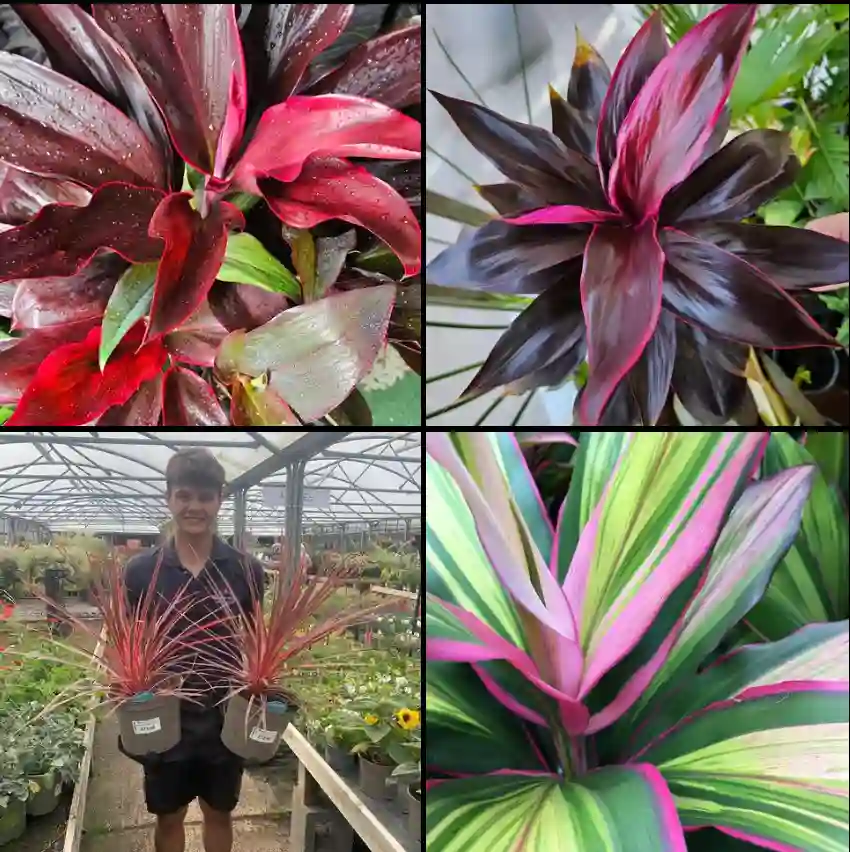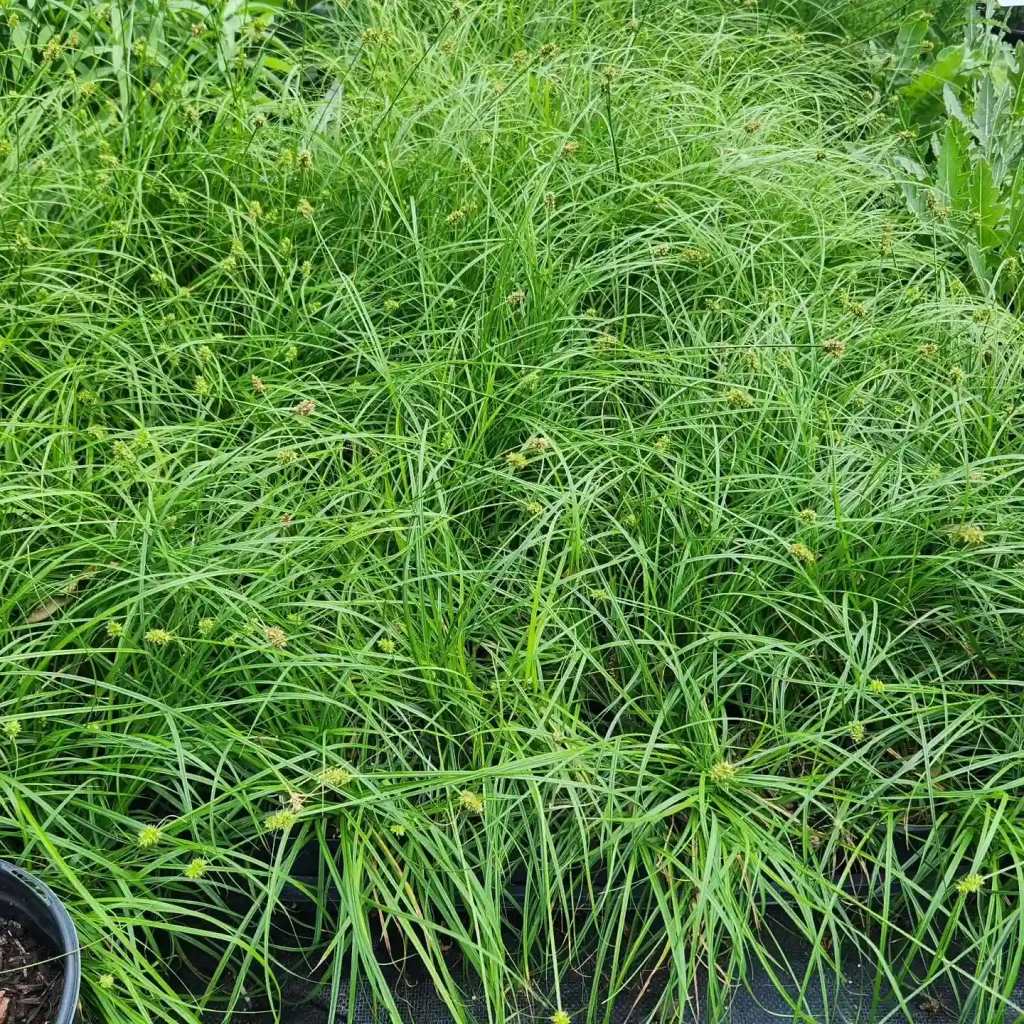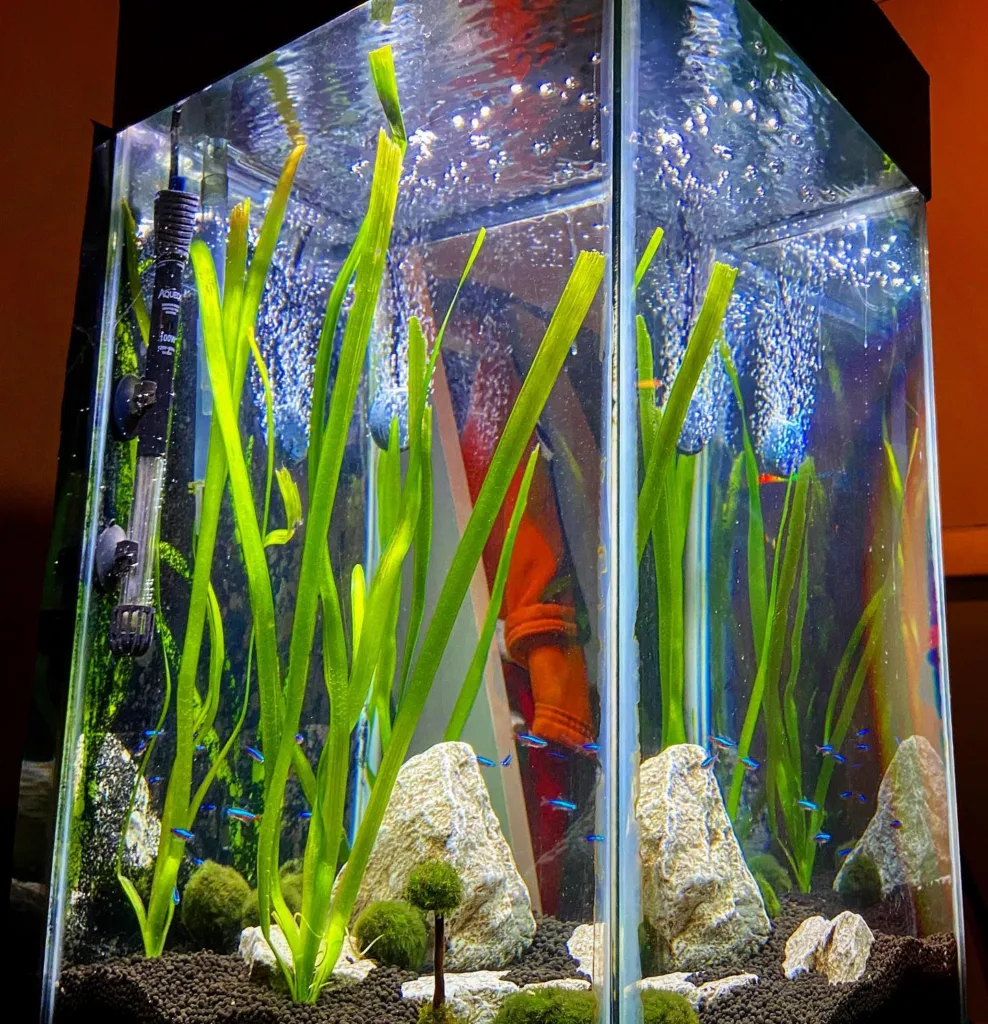Phalaenopsis Equestris: A Beginner’s Guide to the Horse Orchid
Hi everyone, Ferb Vu here! Today, we’re diving into the world of Phalaenopsis Equestris, also known as the Horse Orchid. This stunning orchid is a popular choice for plant enthusiasts, especially beginners, thanks to its beautiful blooms and relatively easy care requirements.
Whether you’re a seasoned orchid owner or just starting your plant parenthood journey, this guide will equip you with everything you need to know about keeping your Phalaenopsis Equestris thriving.
89 Species in Genus Phalaenopsis
What is a Phalaenopsis Equestris?
The Phalaenopsis Equestris is an epiphytic orchid, meaning it naturally grows on trees or rocks in its Southeast Asian habitat. This beautiful plant boasts striking flowers that come in various colors, including white, yellow, and pink. The name “Equestris” translates to “horse” in Latin, referencing the unique shape of the labellum (modified lip) that resembles a horse’s head.
Here’s a quick comparison to the widely popular Phalaenopsis hybrids:
- Flowers: Phalaenopsis Equestris flowers are typically smaller and more numerous than those of Phalaenopsis hybrids.
- Blooming: Equestris is known for its prolific blooming habits. It can flower multiple times a year, with each flower spike lasting for several weeks. Phalaenopsis hybrids tend to have longer-lasting individual blooms but may flower less frequently.
- Growth: Equestris has a more monopodial growth habit, meaning it grows from a single central stem. Phalaenopsis hybrids often have a sympodial growth pattern, with multiple growths developing from a rhizome.
How to care for Phalaenopsis Equestris?
Light: Equestris prefers bright, indirect sunlight. Avoid direct sun exposure, which can scorch the leaves.
Watering: Unlike some orchids, Equestris enjoys consistent moisture. The key is to avoid soggy roots. Allow the potting medium to dry slightly between waterings. You can check for moisture by sticking your finger into the medium. If it feels dry to the touch, it’s time to water.
Humidity: Moderate to high humidity (around 50-70%) is ideal for Phalaenopsis Equestris. If your home environment is dry, consider using a humidifier or placing your orchid on a pebble tray filled with water.
Temperature: This orchid thrives in warm temperatures, ideally between 65-80°F (18-27°C). Avoid exposing it to sudden temperature fluctuations.
Potting Medium: Equestris prefers a well-draining potting mix specifically designed for orchids. You can use a combination of orchid bark, sphagnum moss, and perlite.
Fertilizing: During the active growing season (spring and summer), fertilize your Equestris with a balanced orchid fertilizer diluted to half strength every two to four weeks. Withhold fertilizer during the winter months.
Repotting: Repot your Phalaenopsis Equestris only when the roots outgrow the pot or the potting medium starts to break down. The best time to repot is usually when new root growth appears.
What are Common Phalaenopsis Equestris Problems?
While Phalaenopsis Equestris is a fairly low-maintenance orchid, here are some common issues you might encounter:
- Root rot: This is caused by overwatering. Symptoms include mushy, brown roots. If you notice this, remove the plant from the pot, trim away any rotten roots, and repot with fresh potting mix.
- Yellowing leaves: This can be a sign of several things, including underwatering, excessive light, or nutrient deficiency.
- Bud blast: If your orchid buds fail to open, it could be due to stress factors like temperature fluctuations, low humidity, or lack of light.
Additional Tips for Happy Phalaenopsis Equestris:
- Provide good air circulation around your orchid to prevent fungal diseases.
- Rotate your orchid plant periodically to ensure even growth.
- Enjoy the beautiful blooms! Phalaenopsis Equestris can reward you with stunning flowers for months on end.
By following these simple guidelines, you can ensure your Phalaenopsis Equestris thrives and brings a touch of elegance to your home. Remember, happy orchid growing!
If i die, water my plants!



